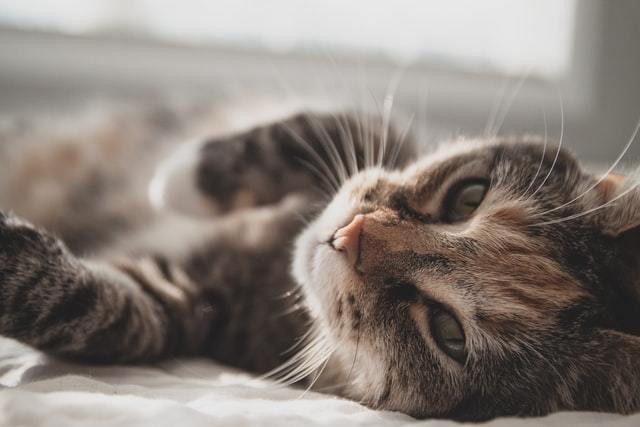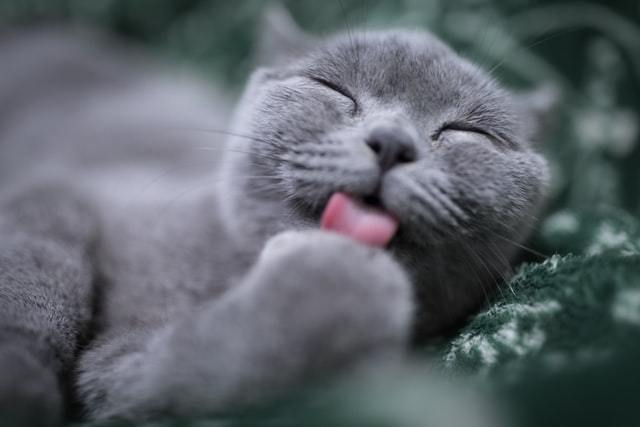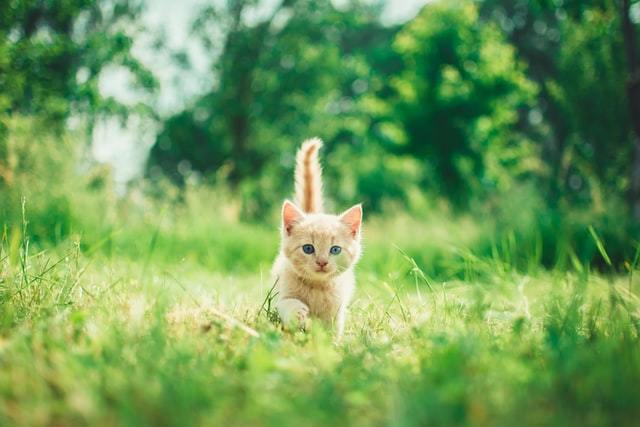Article at a glance
Cat joint health is an often under-appreciated aspect of feline health and many cats suffer in silence for years. Owners should watch closely for signs of joint disease, which can be subtle.
- Cat joint pain can result in a reduced quality of life, periods of inactivity and a reluctance to be social
- Cats can suffer from a range of joint conditions including hip dysplasia and patellar luxation
- While joint disease isn’t usually something we can cure, it can be managed with medicine and lifestyle changes
Did you know, over 90% of senior cats will suffer with some degree of joint disease. Many of these cats go untreated as owners are unaware that they are affected. The signs they show can be mistaken for ‘normal aging changes’. As they slow down and stiffen up, owners don’t understand that they are in a discomfort which can be treated. Diagnosing and treating joint disease is paramount for their quality of life. It can ensure they are fit, happy and healthy even in their golden years.
Hip Dysplasia in Cats
Hip dysplasia in cats is less talked about than in their canine cousins. Owners and vets alike tend to be less aware of its existence. It is frequently genetic, meaning an affected cat will usually have a parent and/or siblings with the same disease.
It is estimated that up to 6% of the feline population may be affected. Those cats who have hip dysplasia should be neutered and should not be bred from. This is to ensure future generations have healthy joints and the disease is not passed on.
Signs won’t always be obvious but can include an unusual gait, reluctance to jump and an unwillingness to be touched over their back end. As the disease progresses, owners may notice the muscle of the back end have shrunk away.
Luxating Patella in Cats
Some breeds are more prone to this orthopaedic disease, namely the Abyssinian. While luxating patella can be genetic, it is also something cats can acquire after a trauma such as a fall from a height or a vehicle accident. Cat knee injuries can affect any kitty, but young males are most at risk. This is especially true if they go outside and they are not neutered.
Not every cat will be affected to the same degree. Some will function well and have a low grade luxation. Others will struggle to get about due to the severity of their luxation.
This condition is easy to diagnose. The vet will be able to feel the knee cap in the wrong place and can confirm this with a couple of x-rays.
Cat Arthritis
Experts are still working to understand why some cats are affected with arthritis while others are not. Those who are, will experience inflammation within their joints. This results in chronic pain and trouble getting about.
Signs can include an abnormal gait, a limp that comes and goes and irritability. Some owners mistakenly believe their cat is just getting a bit crotchety in their old age. The truth is, their moaning and hissing is their way of telling us they are in pain.
Oftentimes, cat joint pain is only detected by a vet at a pet’s annual check up. The vet may be alerted to the possibility of arthritis if they see signs a cat has been grooming less, losing weight or losing muscle over their back and hips. They will perform an orthopaedic exam and may find the joints are not as mobile as they should be and make a grinding noise called ‘crepitus’. Remember, cat leg pain can have many causes. X-rays can confirm the diagnosis and rule out other potential conditions such as hip dysplasia or bone tumours.
Glucosamine and Chondroitin for Cats: Do these Joint Supplements Really Work?
Most joint supplements on the market will contain either Glucosamine or Chondroitin and many will contain both. The reason for this is that these ingredients are widely available, not cost prohibitive and proven to be effective. They work to not only treat joint disease but also potentially prevent it from occurring as quickly.
Frustratingly, robust studies are lacking and most evidence is empirical. Regardless, most vets will recommend these nutraceuticals as they have seen the benefits they provide. They are available in a range of forms including as food additives in feline diets, in powder, in capsules and in liquids.
These supplements are very safe and side effects are rarely reported. This is another reason that many vets think the benefit outweighs the risk and they are worth trying.
We Recommend This Hip n' Joint Vitalize Support
Scruffy Paws supplement, ‘This Hip & Joint Vitalize’, is a well researched joint supplement made specifically for cats. It is manufactured in the USA and available as a liquid from a dropped bottle. It contains joint protective ingredients that support joint health and prevent cartilage breakdown.

Joint supplements are a great idea for those cats who are more likely to develop joint issues and pain when older. When a cat has confirmed joint disease, most vets will recommend using supplements on a daily basis. These are usually given alongside other therapies such as anti-inflammatories and pain relief.
Final Thoughts
As an owner, our job is to take care of our cats and enable them to live the best life they can. While they cannot talk to us, they use their body language and behaviour as a means of communication. A cat who is reluctant to get close or who scarpers or grumbles when touched may be in pain. If your cat starts acting differently, have your vet assess them for joint pain or mobility issues.
Joint supplements for cats are a sound investment. This is particularly true if your kitty has already received a diagnosis of arthritis. They should be used prophylactically for those who have a close relative with joint disease or who have suffered a previous trauma and fracture or dislocation.
Dr. Linda Simon, BVMS, MRCVS
Veterinary surgeon,Dr. Linda Simon MVB MRCVS is a locum veterinary surgeon who has worked in London for the past 8 years. She graduated top of her class in small animal medicine from UCD, Dublin. She is currently a member of the Royal College of Veterinary Surgeons.



